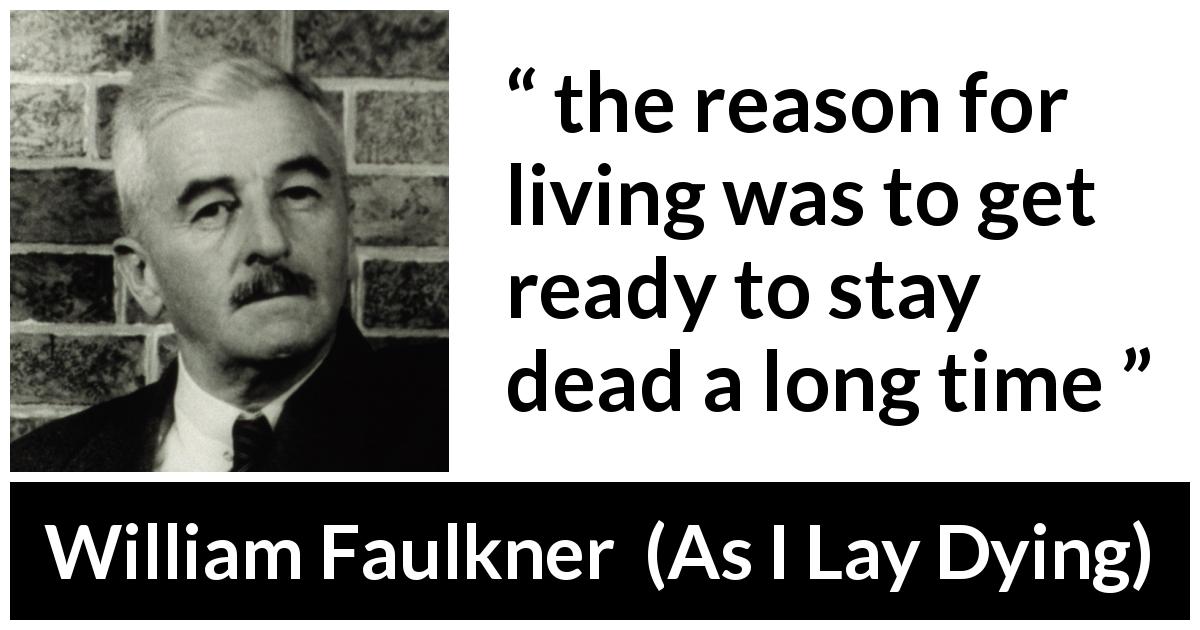

William Faulkner was awarded the Nobel Prize for Literature in 1949 and the Pulitzer Prize for The Reivers just before his death in July 1962. During the 1930s, he worked in Hollywood on film scripts, notably The Blue Lamp, co-written with Raymond Chandler. Faulkners novel fits neatly into the beginning of literary modernism. As I Lay Dying (1930), Sanctuary (1931), Light in August (1932), Absalom, Absalom! (1936) and The Wild Palms (1939) are the key works of his great creative period leading up to Intruder in the Dust (1948). Modernism, Southern Gothic, Family Drama, Quest.

His first book of verse and early novels followed, but his major work began with the publication of The Sound and the Fury in 1929. His first poem was published in The New Republic in 1919. Returning home, he studied at the University of Mississippi and visited Europe briefly in 1925. Rejected by the US military in 1915, he joined the Canadian flyers with the RAF, but was still in training when the war ended. As I Lay Dying is written as a series of stream-of-consciousness monologues, in which the characters’ thoughts are presented in all their uncensored chaos, without the organizing presence of an objective narrator.

He grew up in Oxford, Mississippi, and left high school at fifteen to work in his grandfather's bank. (What have you been doing) The novel, published after very little editing in 1930, tells the story of the Bundren family traveling to bury their dead mother. Born in 1897 in New Albany, Mississippi, William Faulkner was the son of a family proud of their prominent role in the history of the south. William Faulkner wrote his fifth novel, As I Lay Dying, in only six weeks in 1929in case you wanted to feel bad about the past six weeks of your life.


 0 kommentar(er)
0 kommentar(er)
